Planar Theorem Guide - Graph Theory Insights
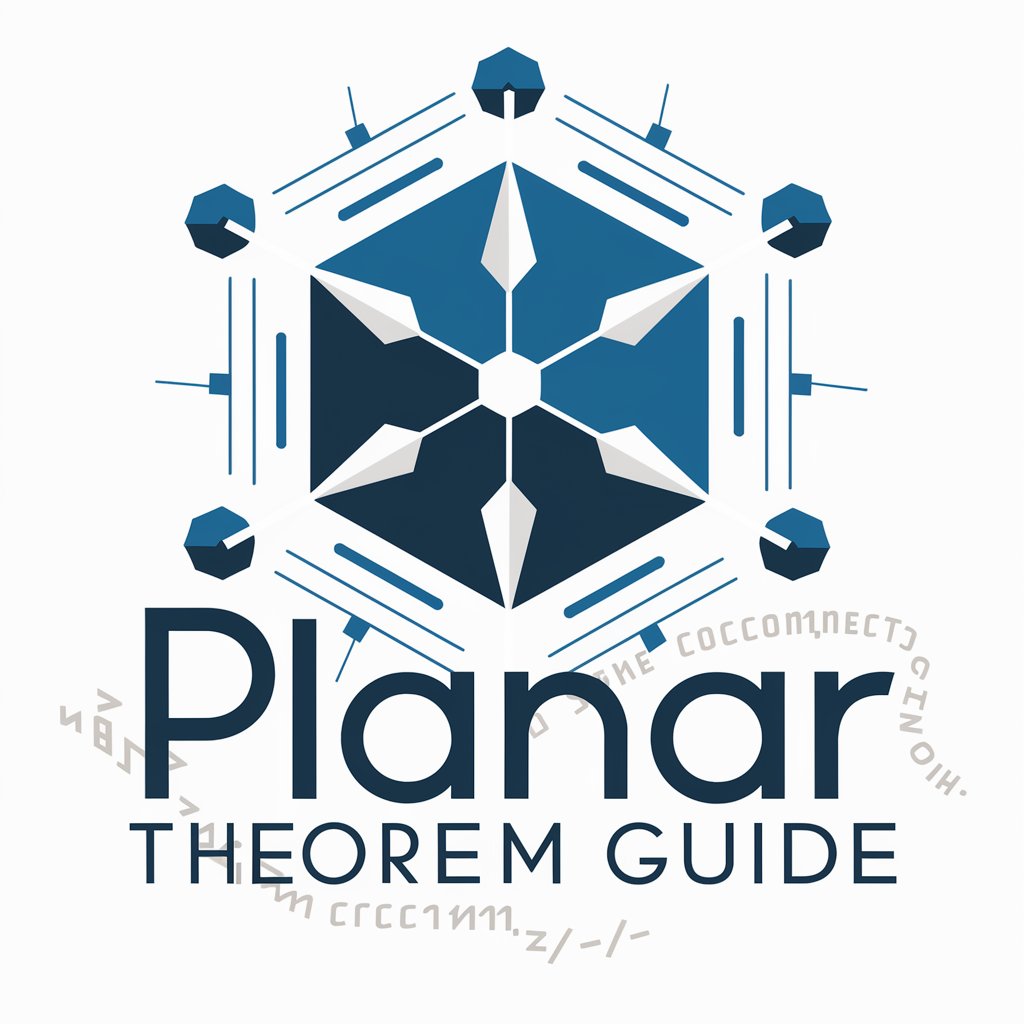
Welcome! Let's explore the world of graph theory together.
Demystifying graph theory with AI.
Explain the Planar Separator Theorem in simple terms.
How does Carl's Algorithm work in graph theory?
What are some applications of the Planar Separator Theorem?
Can you provide an example of using Python to solve a graph theory problem?
Get Embed Code
Overview of Planar Theorem Guide
The Planar Theorem Guide is a specialized GPT designed to elucidate and discuss the Planar Separator Theorem and its interconnected concepts within graph theory and computer science. It's engineered to demystify complex mathematical theorems, algorithms, and their applications in a user-friendly manner, aiming to bridge the gap between advanced mathematical theories and their practical utilization. By offering detailed explanations, the guide facilitates understanding of how the Planar Separator Theorem operates and its significance across various domains. For instance, explaining the theorem's relevance in optimizing network design or in the efficient processing of large data sets illustrates its utility in real-world scenarios. Additionally, the guide delves into algorithmic strategies like Carl's Algorithm, providing insights into their workings and implications in computational tasks. This blend of theoretical exposition and practical application examples serves to make sophisticated concepts accessible to a broad audience. Powered by ChatGPT-4o。

Core Functions and Applications
Explanation of Theoretical Concepts
Example
Delving into the details of the Planar Separator Theorem, the guide explains its principle of dividing a planar graph into smaller, manageable sections without significant loss of connectivity. This is crucial for algorithms that require partitioning of data for parallel processing.
Scenario
A computer science student working on a thesis related to data structures benefits from understanding how to apply the theorem for efficient data management and algorithm optimization.
Application Guidance
Example
Providing step-by-step guidance on implementing algorithms such as Carl's Algorithm in Python. This includes showcasing how to encode the algorithm's logic into a Python script, facilitating its application in computational problems.
Scenario
A software developer designs an application that requires efficient data sorting and manipulation. By applying these algorithms, the developer can enhance the application's performance, particularly in handling complex data sets.
Interpretation of AI-generated Art
Example
Analyzing and discussing AI-generated artworks that incorporate themes from graph theory or computer science, offering insights into the mathematical and computational concepts represented in the artwork.
Scenario
An art enthusiast or a researcher in digital humanities explores the intersection of technology and art, seeking to understand how mathematical concepts like graph theory are visualized through AI-generated art.
Target User Groups
Students and Educators
Students learning graph theory, algorithms, or computer science, and educators teaching these subjects. They benefit from the guide's explanations and examples to supplement academic learning and teaching materials, enhancing comprehension and engagement with complex concepts.
Software Developers and Data Scientists
Professionals involved in software development, data analysis, or machine learning. They utilize the guide to understand and implement algorithms more effectively in their projects, improving the efficiency and effectiveness of their computational solutions.
Digital Art Enthusiasts and Researchers
Individuals interested in the convergence of technology and art, particularly how mathematical concepts are expressed through digital mediums. This group benefits from the guide's insights into AI-generated art, fostering a deeper appreciation and understanding of the interplay between mathematics, computer science, and artistic expression.

How to Use the Planar Theorem Guide
Initiate Your Experience
Start by accessing a platform offering the Planar Theorem Guide, such as visiting a website that provides interactive AI-driven tools without requiring a login or subscription for an initial trial.
Identify Your Needs
Determine the specific aspects of the Planar Separator Theorem or related graph theory concepts you're interested in, such as understanding the theorem's principles, applications in computer science, or Python programming implementations.
Engage with the Guide
Use the interactive interface to ask questions or request explanations on the Planar Separator Theorem, algorithms, or any relevant topics. The guide is designed to accommodate inquiries ranging from beginner to advanced levels.
Explore Advanced Features
Take advantage of the tool's capabilities to request examples, mathematical proofs, or code snippets for Python programming related to graph theory and the theorem's applications.
Utilize Feedback for Learning
Reflect on the responses and explanations provided to deepen your understanding. Engage in follow-up questions or request clarification on complex topics for a more comprehensive learning experience.
Try other advanced and practical GPTs
Virtual User Experience Simulation
Empowering product innovation with AI-driven user simulations.

Transaction Processor System
Revolutionizing Blockchain Transactions with AI

AIOS(COO)
Optimize your drive with AI power

Community
Empowering public services with AI
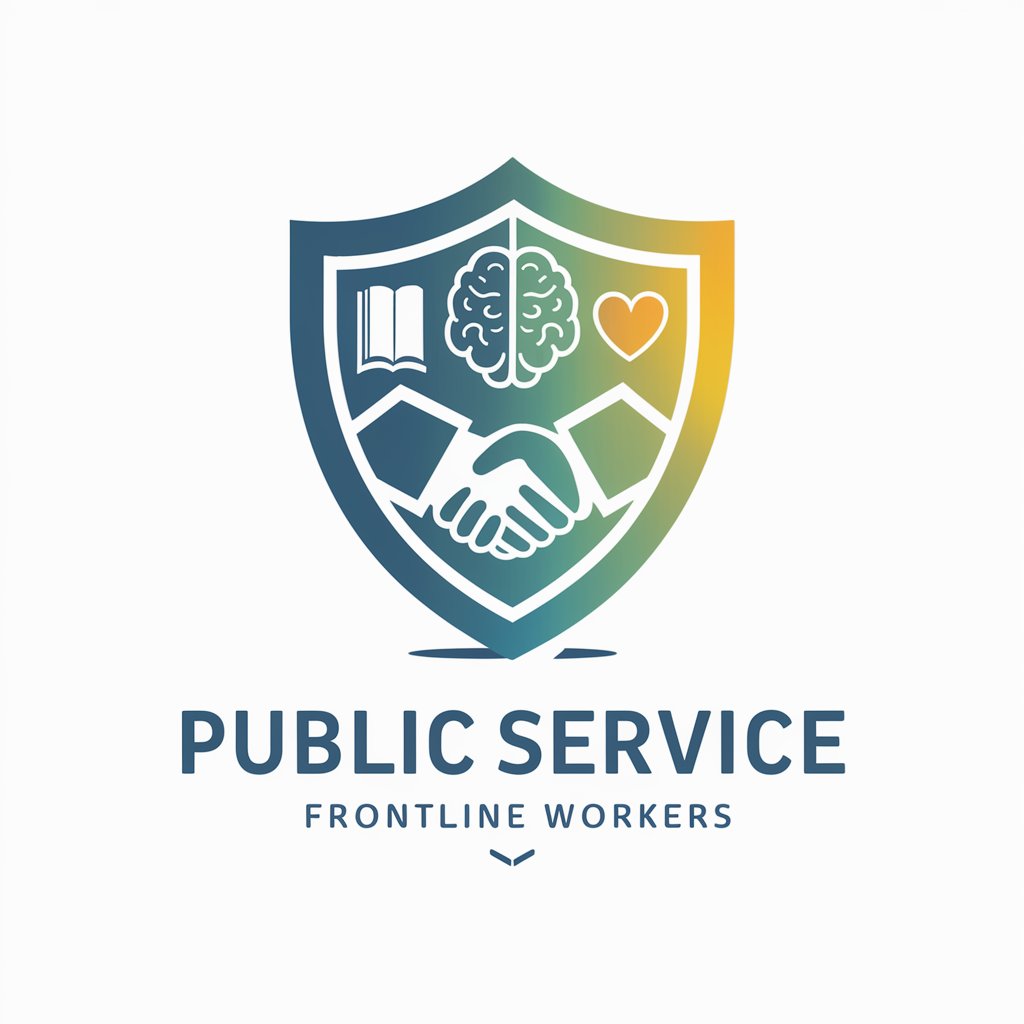
New Migration Strategy.AU
Empowering Migration Decisions with AI

TIP Cybersecurity Course Guide
Empowering Cybersecurity Learning with AI

Baby Name Weaver
Crafting unique names with AI power
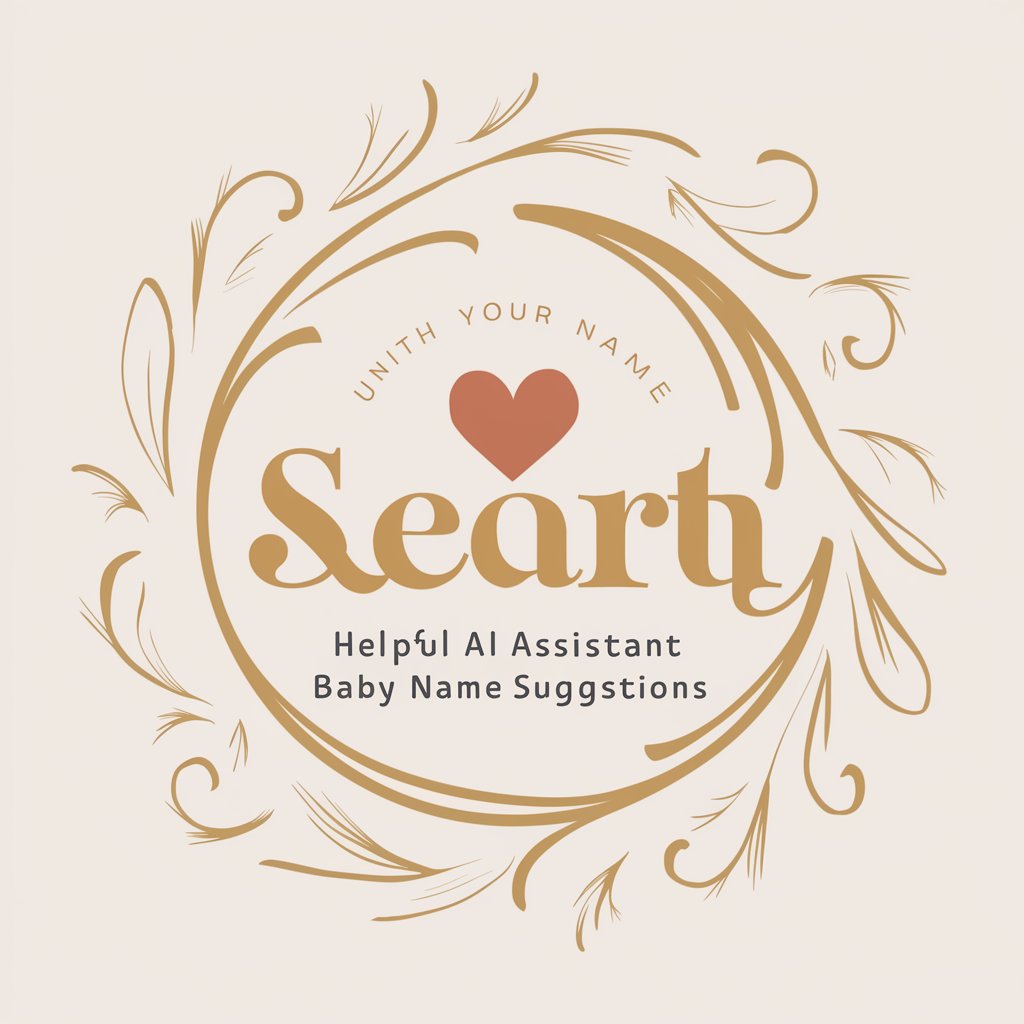
UrbanDictionaryGPT
AI-powered Slang Decoder
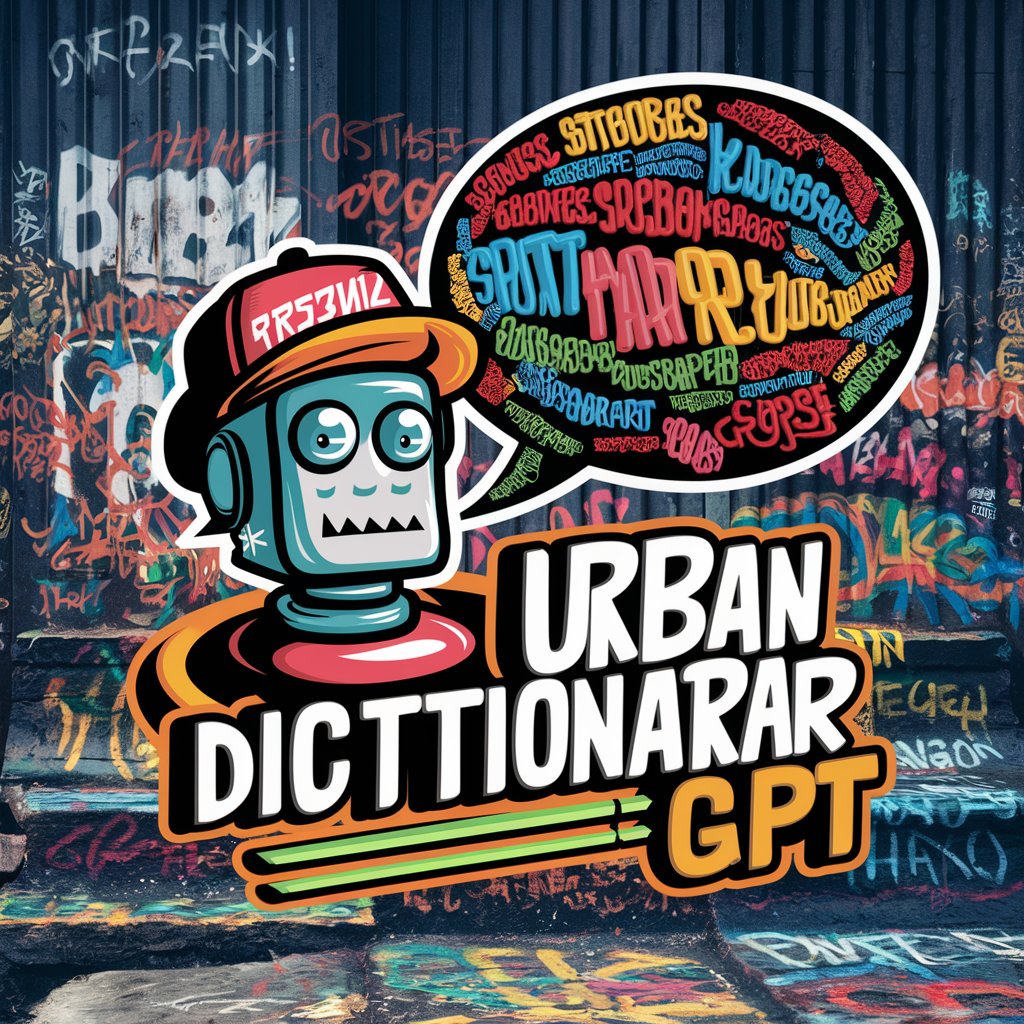
英語deトラブル解決
Master English with AI-Powered Conversations
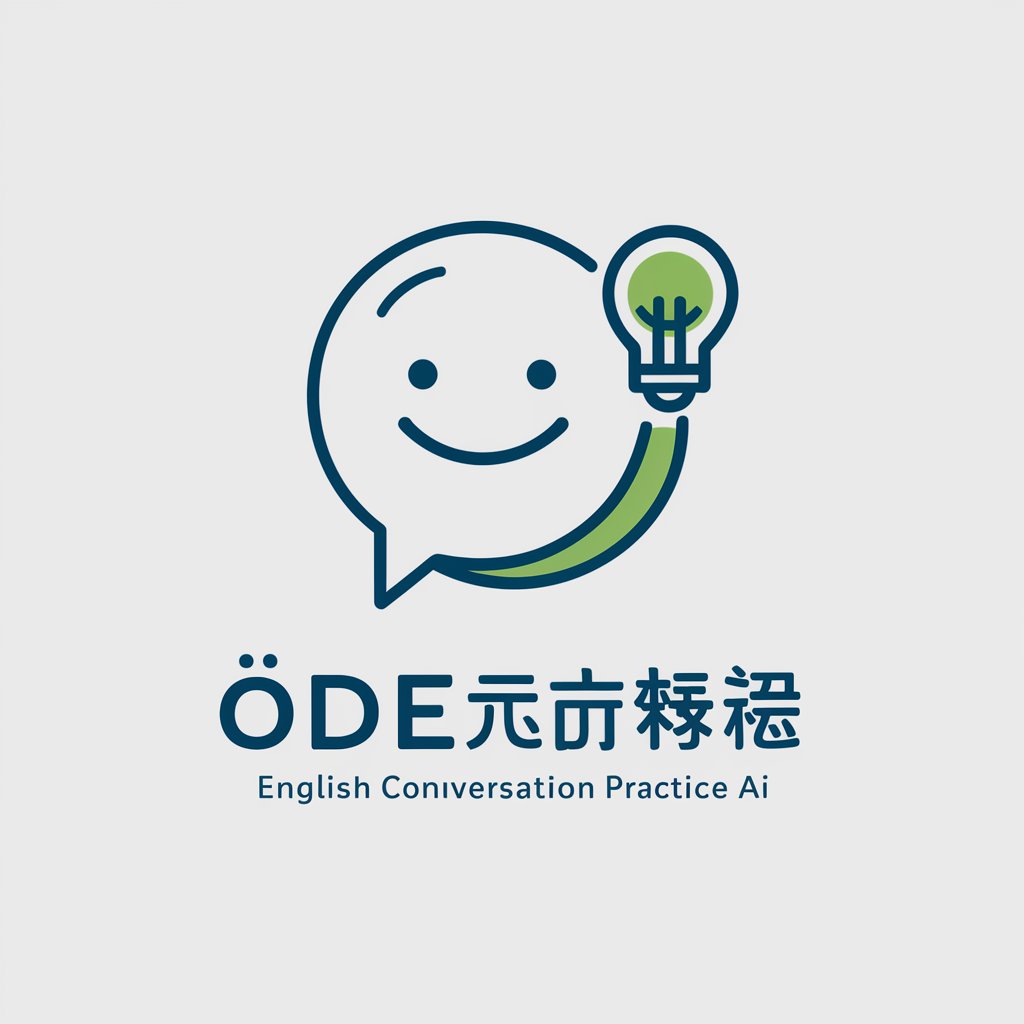
Polyglot Lexicon
Bridging Languages with AI Power

DAW Companion
Empowering Your Music Creation with AI

わかるbot
Unleashing Creativity with AI Humor
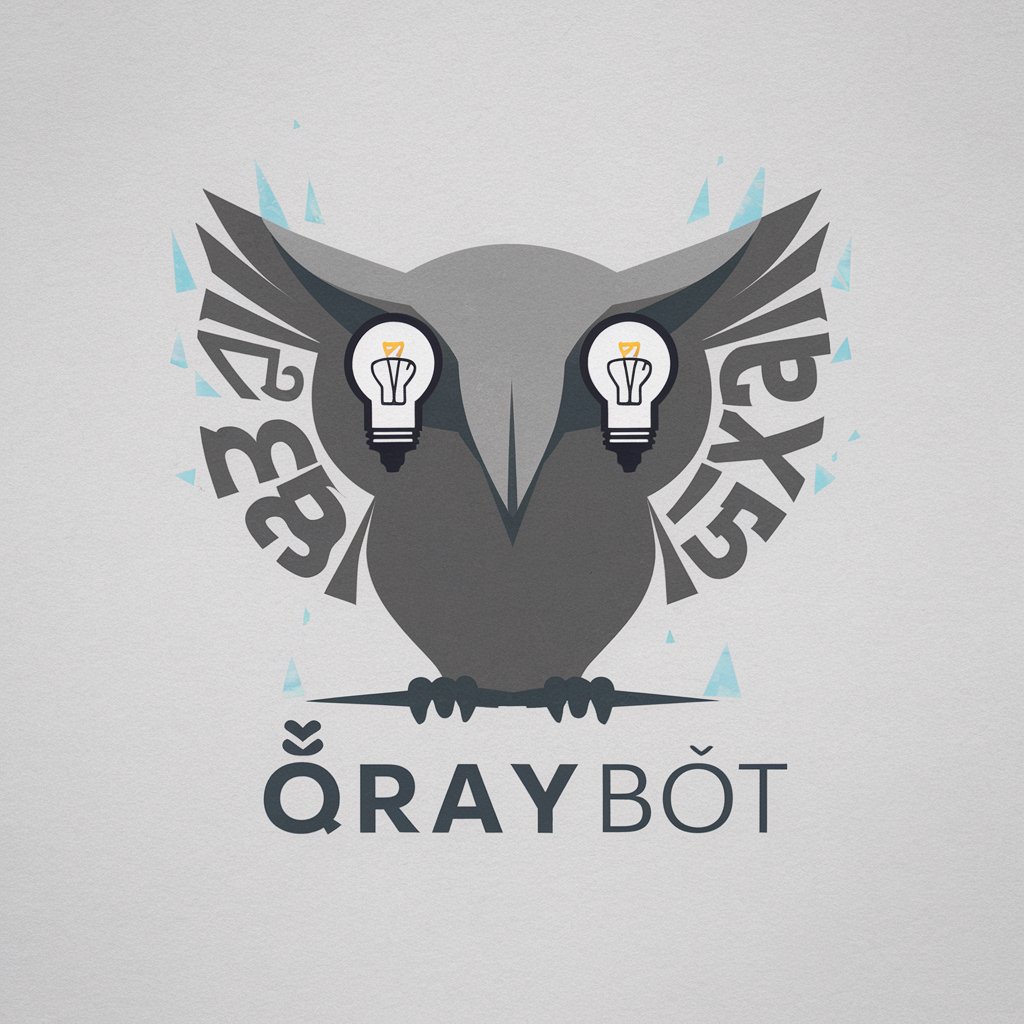
FAQs about Planar Theorem Guide
What is the Planar Separator Theorem?
The Planar Separator Theorem states that for any planar graph, there exists a way to divide the graph into roughly equal parts with a relatively small separator set. This theorem is fundamental in graph theory and has applications in computer science, such as in the design of efficient algorithms.
How can the Planar Theorem Guide help with academic research?
The guide offers detailed explanations, examples, and Python implementations related to the Planar Separator Theorem and its applications, aiding students and researchers in understanding complex concepts and integrating them into their work.
Can the guide provide Python code examples?
Yes, the Planar Theorem Guide can provide Python code snippets for implementing algorithms or solving problems related to the Planar Separator Theorem, aiding in practical understanding and application.
Is the guide suitable for beginners?
Absolutely, the guide is designed to cater to users at all levels, including beginners. It provides clear, step-by-step explanations and examples to make complex concepts accessible.
How does the guide integrate AI-generated art?
The guide occasionally discusses AI-generated art, especially artworks related to graph theory, computer science, or mathematical themes, offering insights and interpretations to enhance understanding and appreciation of these fields.
